|
--Kassie Urban-Mead, Undergrad I’ve finished my first round of sampling for this summer’s research, and it feels great to be in the swing of fieldwork adventures. During last week’s sampling I stumbled across both a nesting duck and a spotted baby fawn: the former—a Blue-winged Teal—flapped away briskly while the latter flopped and stumbled endearingly into a nearby shrub. I’ve also alarmed countless Red-Winged Blackbirds, and while making my way back to the truck on Tuesday I noticed a mid-sized woodchuck peering at me from beneath a guardrail. My search, though, is for smaller critters. I’m not tracking Orthopterans like Rob and Bryan are, but I am solidly in the invertebrate camp! My senior research as a Yale undergraduate in Ecology and Evolutionary Biology is on the unmanaged bee pollinator communities in twelve old-fields across Connecticut. I’ve selected fields that are surrounded by a gradient of land-use types. These categories include forested, suburban development and roads, and conventional agriculture. This summer I’m sampling the bees (and recording the flowers I find them on) to see if there are community and interaction differences that can be traced to impacts from surrounding land-use. I’ve made my first round through each field, and the next set of collections will go into full swing when the sun comes out next week. All of this rain has been getting in the way (though it’s keeping those flowers growing!). It’s far too early to say anything for certain, but there are certainly distinct communities from field to field. I look forward to seeing how the species compositions shift once the flower resources are more similar—the goldenrod that dominates all of my fields hasn’t yet begun to flower (mostly Solidago rugosa and S. altissima), and the milkweed (Asclepias syriaca) and thistle (Carduus nutaans) are just beginning.
I’ll keep you updated, but it’s safe to say that the summer is off to a great start! I’m so lucky to work in some truly beautiful fields (and to have some great books on tape to listen to as I drive about between them). I’m rapidly becoming more and more adept at naming the wildflowers to genus and species, learning which long-tongued or short-tongued bees prefer, and knowing more of my bee IDs on sight. But most importantly? I think that my dexterity wielding insect nets in thick vegetation is preparing me for an alternate career as a badminton player!
19 Comments
10/18/2016 12:57:28 am
I am genuinely thankful to the owner of this website who has shared this fantastic piece of writing at at this place.
Reply
2/20/2024 10:48:17 pm
Thank you for the information, don’t forget to visit my personal website at <a href="https://www.afidarifin.com">Afid Arifin</a>.
Reply
Leave a Reply. |
Archives
November 2019
Categories
All
|
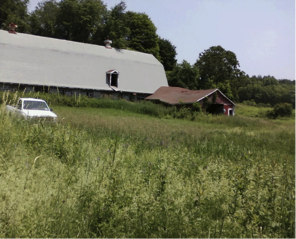
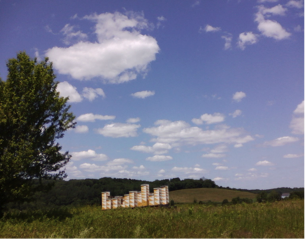
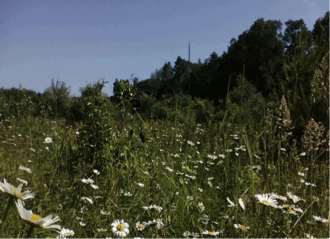
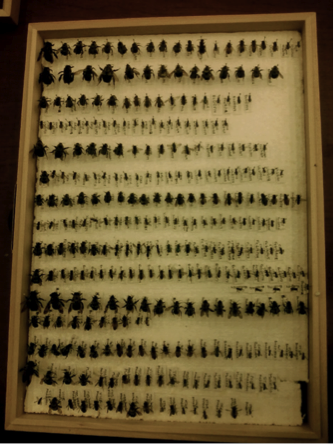
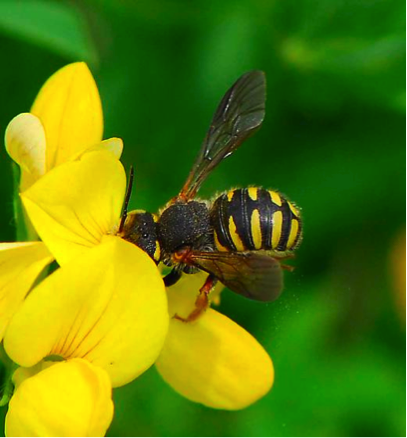
 RSS Feed
RSS Feed
